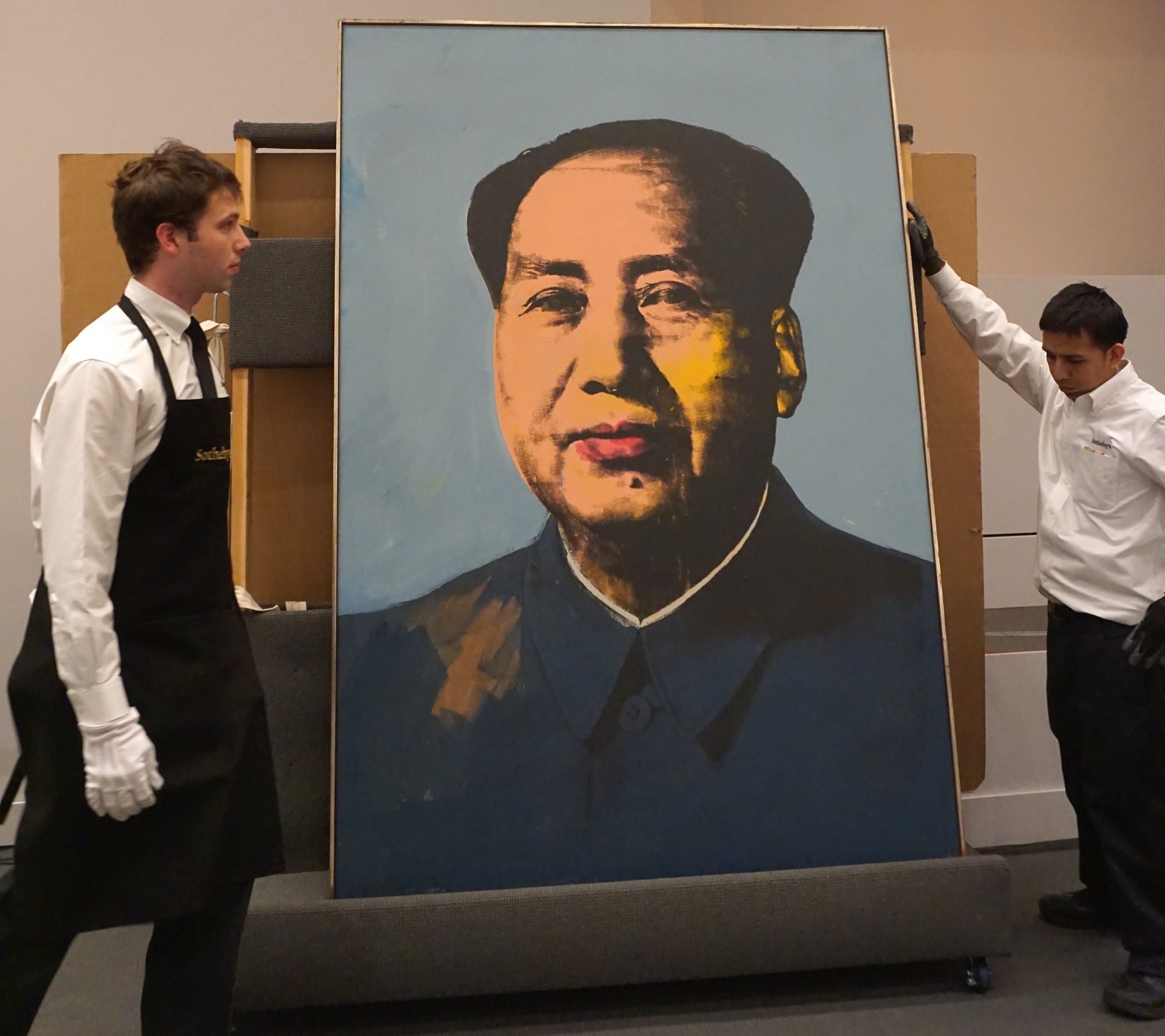
Billionaires around the world had a good year in 2016—to the tune of $1 trillion, according to a joint report from Swiss bank UBS and multinational wealth management company PricewaterhouseCoopers. “Billionaire Insights,” published on October 26, states that 2016 marked “a dramatic return to growth” for the fortunes of some of the world’s wealthiest individuals, an increasing number of whom are from Asia.
The report, which analyzed data on 1,550 billionaires globally, found that, for the first time, there are more billionaires in Asia than in the US, though the overall wealth of US billionaires is still greater. The number of Chinese billionaires rose by nearly 25 percent, to 637, compared with 537 US billionaires and 342 billionaires in Europe.
Overall, billionaires’ wealth rose 17 percent in 2016, double the rate of the US bank, Morgan Stanley’s Capital International All Country World Index, which measures equity-market performance worldwide and is comprised of stocks from 46 different countries. The UBS-PwC report says the world’s ultrawealthy are flourishing despite a period of heightened uncertainty. After a pause in 2015, the rise in total wealth of billionaires rose from $5.1 trillion to $6 trillion.
The growing buying power of Asian and Chinese billionaires in particular is reflected by the number of Western galleries opening outposts or offices in China, the latest being Lévy Gorvy, which announced last month it would open an office and private viewing space in Shanghai. (The gallery hired Danqing Li, a former specialist in postwar and contemporary art at Christie’s, as the senior director in charge of the operation.) Others who have opened full-time galleries in the Mainland or Hong Kong include Pace, White Cube, David Zwirner, and Simon Lee. Hauser & Wirth announced in September that it will join Pace and Zwirner in the new H Queens development in Hong Kong next spring.
In the auction realm, Christie’s opened a flagship office on Jinbao in Beijing last year. In the first half of 2017, its sales for Asia totaled £247.1 million ($325 million), a Christie’s spokesperson confirms. Of new buyer spending, Christie’s counted 45 percent of volume from Asia and said 21 percent of all new buyers came from Asia. Geographically, Asian clients accounted for 35 percent of sales value, with spend increasing 39 percent.
Sotheby’s had equally buoyant news, with CEO Tad Smith saying, after the recent round of Hong Kong auctions, “bidding and buying from the Mainland throughout the week was meaningful, with the majority of our top 10 lots selling to buyers in China. Their participation helped to drive a 42 percent increase in sales compared to one year ago and bring our annual total for major auctions in Hong Kong to over $810 million, the highest level since 2014.”
Some other key stats from Sotheby’s: Asian buying, already substantial, grew three percent in the second quarter of 2017; in 2016 48 percent of purchases by Asian clients took place outside of Sotheby’s Hong Kong salesroom deepening a trend it first started observing in 2013; and of the top 10 works sold by Sotheby’s in 2016, half were purchased by buyers from Asia.
The UBS report noted that while the art market remains notoriously opaque, the ultrawealthy account for a growing number of the top collectors in the world (as compiled by ARTnews magazine’s annual list of the top 200 collectors in the world). In 1995, the report notes, there were 28 billionaires on the list. By 2016, that number had grown to 72.
US art collectors continue to lead, with 42 names on the list, but Asian and especially Chinese art collectors are increasingly active. There was just one Asian billionaire over a decade ago, in 2006, compared with 14 billionaires in 2016.
Japanese billionaire Yusaka Maezawa has been behind some of the priciest art purchases—especially of works by Basquiat—sold at auction in recent years. In May he dropped $110.5 million on Untitled (1982) at a Sotheby’s sale. Last spring, he spent $98 million on art, including $57.2 million for another untitled 1982 painting by the US artist, this time at Christie’s.
In 2014, the Chinese taxi-driver-turned-billionaire, Liu Yiqian, twice smashed the record for the most expensive Chinese artwork sold at auction, spending $36.3 million on a porcelain chicken cup (which he then proceeded to drink from) in April, and $45 million on a Tibetan tapestry in November that same year.
Prior to that, in late 2015, Liu bought Nu couché (1917–18), a $170 million nude by Amedeo Modigliani, at Christie’s.